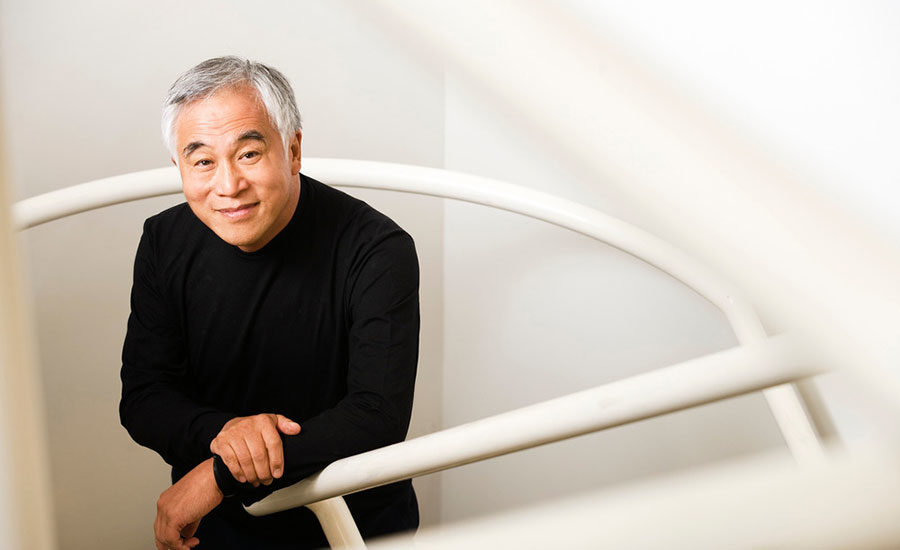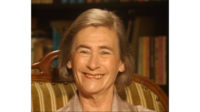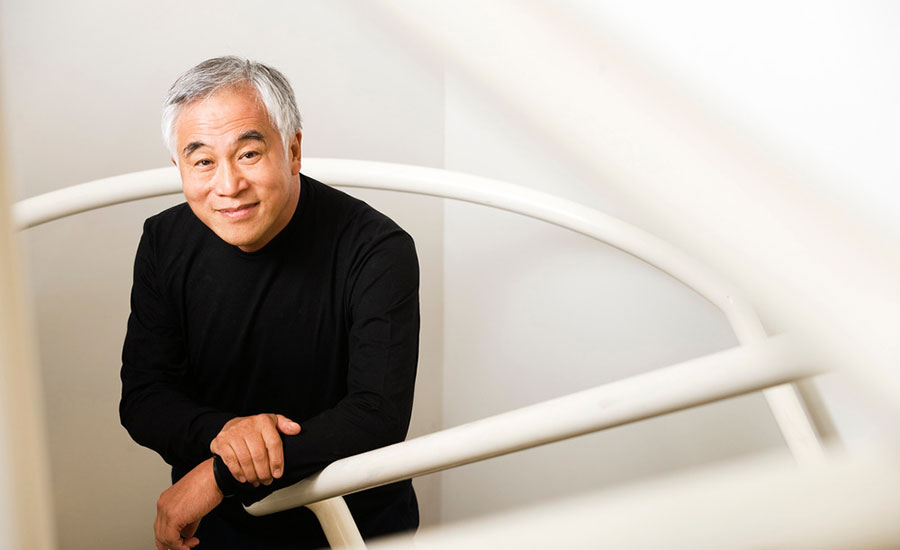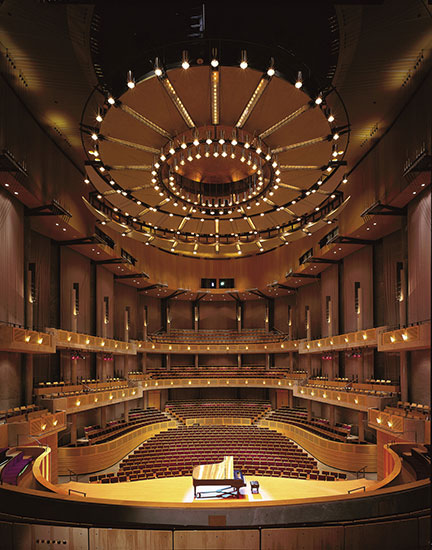Bing Thom, Architect and Urban Alchemist, Dies at 75

Bing Thom
Photo © Thomas Billingsley

Arena Stage, Washington, D.C.
Photo © Nic Lehoux

Surrey City Centre Library, Surrey, British Columbia
Photo © Ema Peter

Surrey City Centre Library, Surrey, British Columbia
Photo © Ema Peter

Surrey City Centre Library, Surrey, British Columbia
Photo © Nic Lehoux

Guildford Aquatic Centre, Surrey, British Columbia
Photo © Ema Peter

Guildford Aquatic Centre, Surrey, British Columbia
Photo © Ema Peter

Xiqu Centre, Hong Kong
Image courtesy Bing Thom Architects

Chan Centre for the Performing Arts, Vancouver, British Columbia
Photo © Martin Tessler

Bing Thom and Venelin Kokalov (left)
Photo © Ema Peter










Canadian architect Bing Thom died last week while in Hong Kong, at the height of his renown and with a wealth of architectural commissions underway. The Vancouver-based architect has been responsible for landmark works in his own country, and in recent years has established a growing reputation in the United States and China. His architecture brought him the Royal Architectural Institute of Canada’s Gold Medal, his homeland’s highest honor, and armloads of other accolades. Thom died unexpectedly of a brain aneurysm while on a site visit of 322,000-square-foot Xiqu Centre Opera House in the West Kowloon Cultural District, currently under construction.
Thom studied architecture at the University of British Columbia and then did a graduate degree in architecture Berkeley, an experience which inflected his ambition towards a more socially-oriented architecture. A post-graduation stint at Fumihiko Maki’s office further fuelled this motivation. Upon returning to Vancouver in 1972, he worked for his onetime teacher, architect Arthur Erickson, before launching his own firm a decade later. Architect Michael Heeney joined as co-principal in 1989, at which point the firm began drawing progressively larger commissions.
Their best works have literally changed the communities in which they were built: the Chan Centre for the Performing Arts injected life into the once-sleepy campus of the University of British Columbia; Thom’s master plan and architecture of Tarrant County College links the downtown of Fort Worth, Texas, to its waterfront; and his 2010 transformation of the Arena Stage Theater in Washington, D.C. changed its neighbourhood by attracting foot traffic and commercial activity to a once-forlorn streetscape.
But arguably no community benefited more from Thom’s wide-range thinking than the sprawling Vancouver suburb of Surrey. There, Thom created the area’s first real downtown by fusing a university atop a sleekly designed shopping mall, known as Surrey Central City. It was a building hybrid that was almost heretical, and yet it works symbiotically, bringing business to the mall and recruits to the university. That success led directly to gaining the commissions for Surrey’s City Centre Library and Guildford Aquatic Centre.
To be capable of this level of urban alchemy, Thom honed the skills of an artist, urbanist, politician, and business tycoon. He often had a hand in programming and even in the future development around his projects.
“Everybody’s trying to reduce risk, so everything they do is safe,” he said in a 2008 interview at his Vancouver office. “But architecture and creativity and innovation means taking risks. I don’t mind assuming all the risk, as long as I have the authority.”
Thom is survived by his wife, Bonnie; his two brothers; and his many colleagues and associates.












